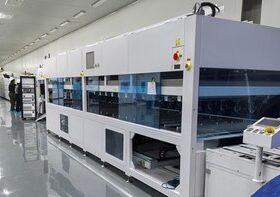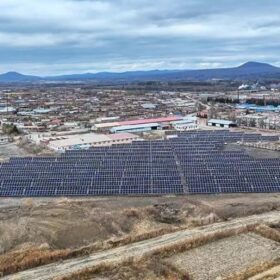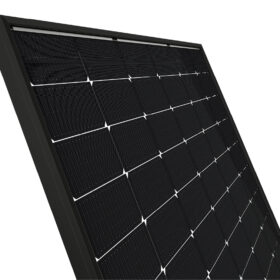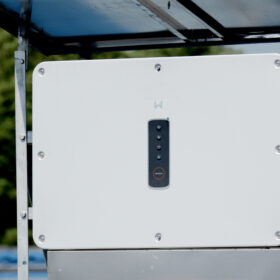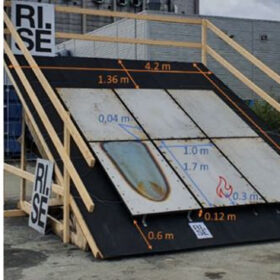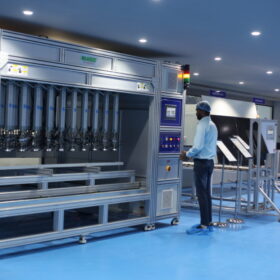Waaree Energies secures 1 GW solar module order
Waaree Energies has signed an order from a developer to supply 1 GW of tunnel oxide passivated contact (TOPCon) 580 W bifacial glass PV modules.
EliTe Solar opens solar cell production facility in Indonesia
Just a few months after beginning construction on a cell manufacturing factory in Egypt, Singapore’s EliTe Solar has opened a cell manufacturing facility in Indonesia. The Indonesian project took around eight months to complete from site selection to opening.
Chinese developer switches on world’s largest perovskite-based PV plant
MicroQuanta, a Chinese perovskite solar specialist, has commissioned a 8.2 MW PV facility based on its 90 W perovskite panels in eastern China.
Longi debuts HPBC 2.0 modules in China’s first distributed solar project
Longi says its hybrid passivated back contact (HPBC) 2.0 dual-glass modules have been installed for the first time in a distributed generation project. The 2.2 MW solar plant in northeastern China is now in commercial operation.
JinkoSolar sues VSUN for alleged patent infringement
China-based panel maker JinkoSolar says that its competitor VSUN and its related entities in the United States have infringed on one of its patents.
GoodWe releases new C&I string inverter series
GoodWe has unveiled a new commercial and industrial (C&I) string inverter series, featuring models with output power ratings of 100 kW, 110 kW, and 125 kW, offering up to 10 maximum power point trackers (MPPT) and 21A DC input per string.
Inverted perovskite solar cell based on amidinium passivator achieves 26.3% efficiency
An international research team has fabricated an inverted perovskite solar cell with an electron transport layer passivated with amidinium ligands instead of ammoniun ligands. The device achived not only a superior performance compared to reference cells treated with ammonium, but also showed remarkable stability.
What happens when fire hits PV systems deployed on sloped roofs
An international research team has observed how fire propagates in PV systems installed on flat roofs and has found that a certain amount of energy is needed for a fire to start and propagate in the cavity below the solar panels.
SunDrive achieves copper plating production yield of more than 99%
Australian solar module manufacturing is nearing large-scale production, as SunDrive has achieved a copper plating production yield exceeding 99%, while also signing a deal with Capral Aluminium.
Waaree Energies secures NABL accreditation for testing lab
Waaree Energies has secured NABL India accreditation for the PV Module Test Lab (PMTL) at its Chikhli module manufacturing facility in in the Indian state of Gujarat.

